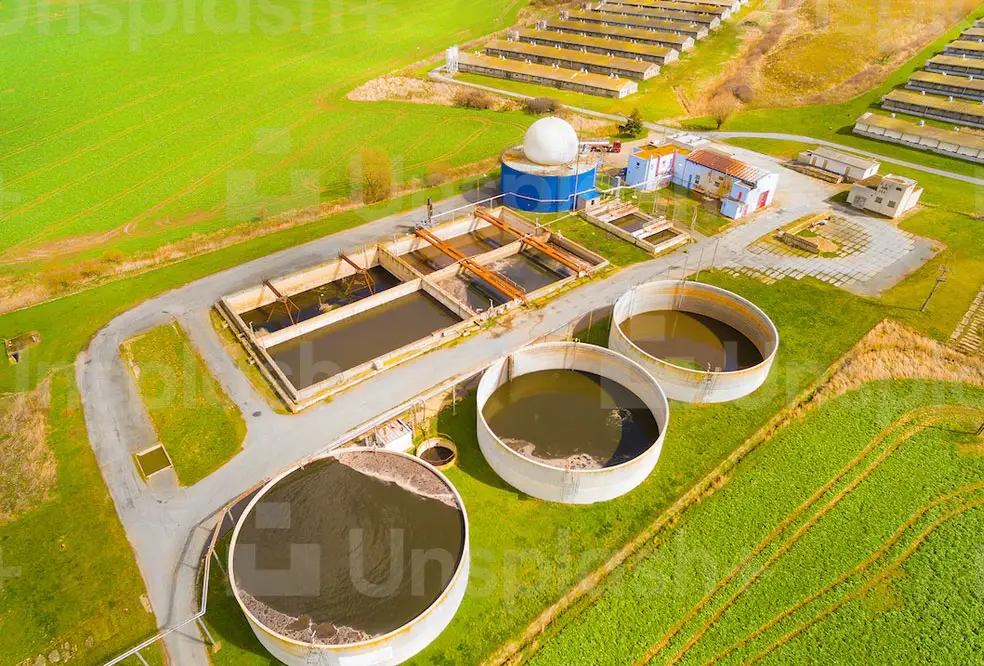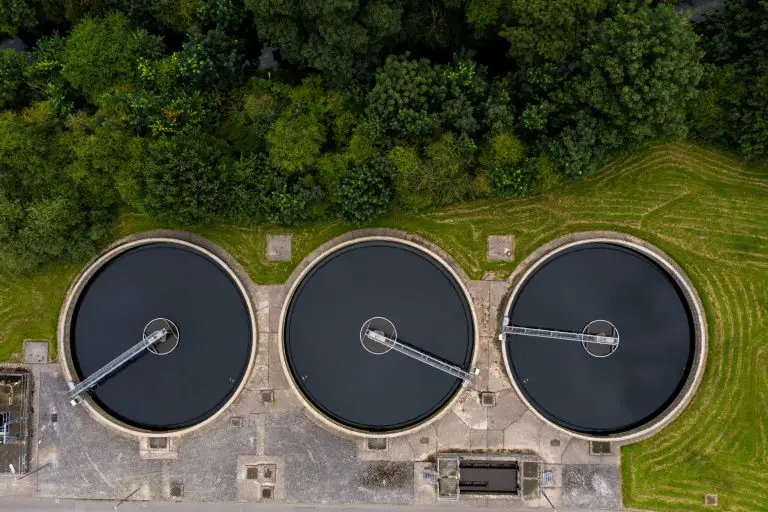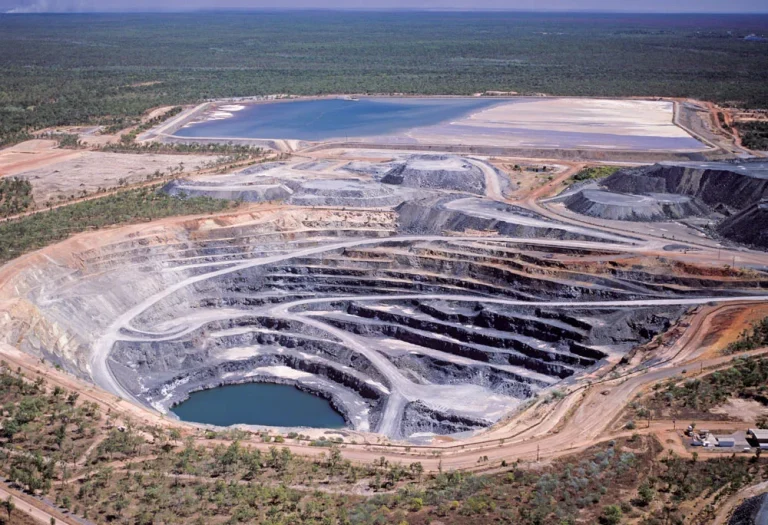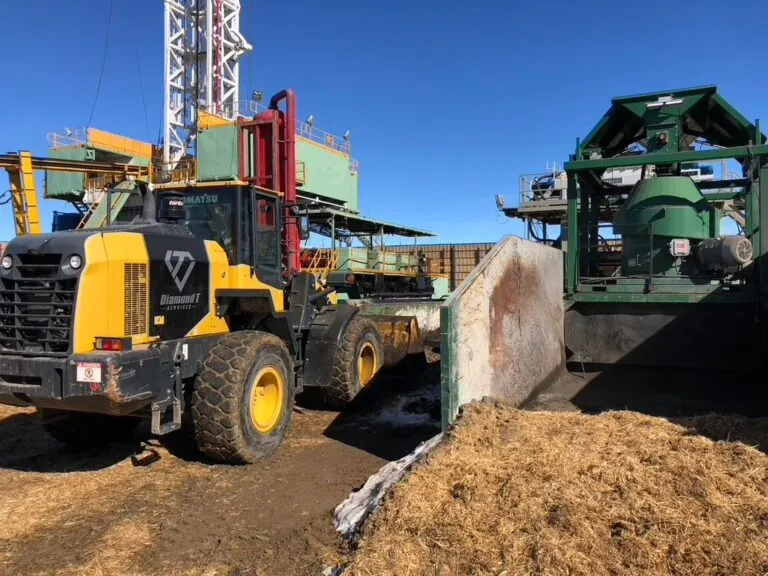The three stages of sewer treatment are primary, secondary, and tertiary.
The sewage treatment process basically includes three stages. The three stages are primary, secondary, and tertiary. Water is purified at each step, including the use of a centrifugal water separator, to produce clean water for drinking, bathing, and the environment. In some instances, only one or two stages are necessary. The level of treatment is contingent on the intended use of the water. Let us learn more about the three stages of sewer treatment.
Primary Stage (Solid Removal)
This stage involves the sedimentation process. The water is detained in the vast rainwater tanks or sedimentary where the settleable solids are eliminated. Since the sedimentation tanks function on the law of gravity, the solids go to the bottom, and the lighter solids drift in the tanks.
Additionally, some chemicals may be added as coagulants to purify it more and get rid of the solids. Sedimentation aids in producing sewage sludge as a by-product at the base of the tanks. This by-product is further treated and utilized as fertilizer. It could also find its use as a liming material or in anaerobic digestion.
After the sludge goes to the base, the water is then discharged for its secondary treatment.
Secondary stage (Bacterial Decomposition)
After the visible sludge has been eradicated in the first stage, the second stage consists of the cleaner water moving out of the settling tank and onto an aeration tank. The water is still infected with invisible organisms. Therefore, the air is pushed into it, as well as useful bacteria that feed on the dangerous bacteria and metabolize the organic substance.
Tertiary stage (Extra Filtration)
The tertiary stage is known as the stage in which disinfecting and polishing the water takes place. This stage is vital to generating the water to a certain specification like mineral water, technical water, etc. Also, it is used to treat the water in public systems.
The methods utilized in the tertiary stage include:
- Chemical disinfection
- UV disinfection
It is crucial to note that UV disinfection doesn’t necessitate any chemicals. UV disinfection can be utilized in place of chemicals. Basically, it does not affect the taste, Ph, appearance, or smell of water. However, it wipes out all the microorganisms.
After the combination of system automation and equipment has effectively sanitized wastewater, it is discharged into the environment via local waterways.
Once the wastewater goes through the tertiary stage, it legitimately becomes the safest and cleanest water fit for drinking and other purposes. Such water has no adverse impact on the environment and doesn’t add to existing water pollution in any manner.
Having clean water is an indulgence that many individuals take for granted, as these advanced systems are not available in every part of the world. It is critical to be knowledgeable of these three stages of sewer treatment.
Our specialized solutions target the most difficult-to-treat contaminants, ensuring regulations are met for safely discharging or reusing water. Contact us if you would like to learn more about our equipment and industry water services.






